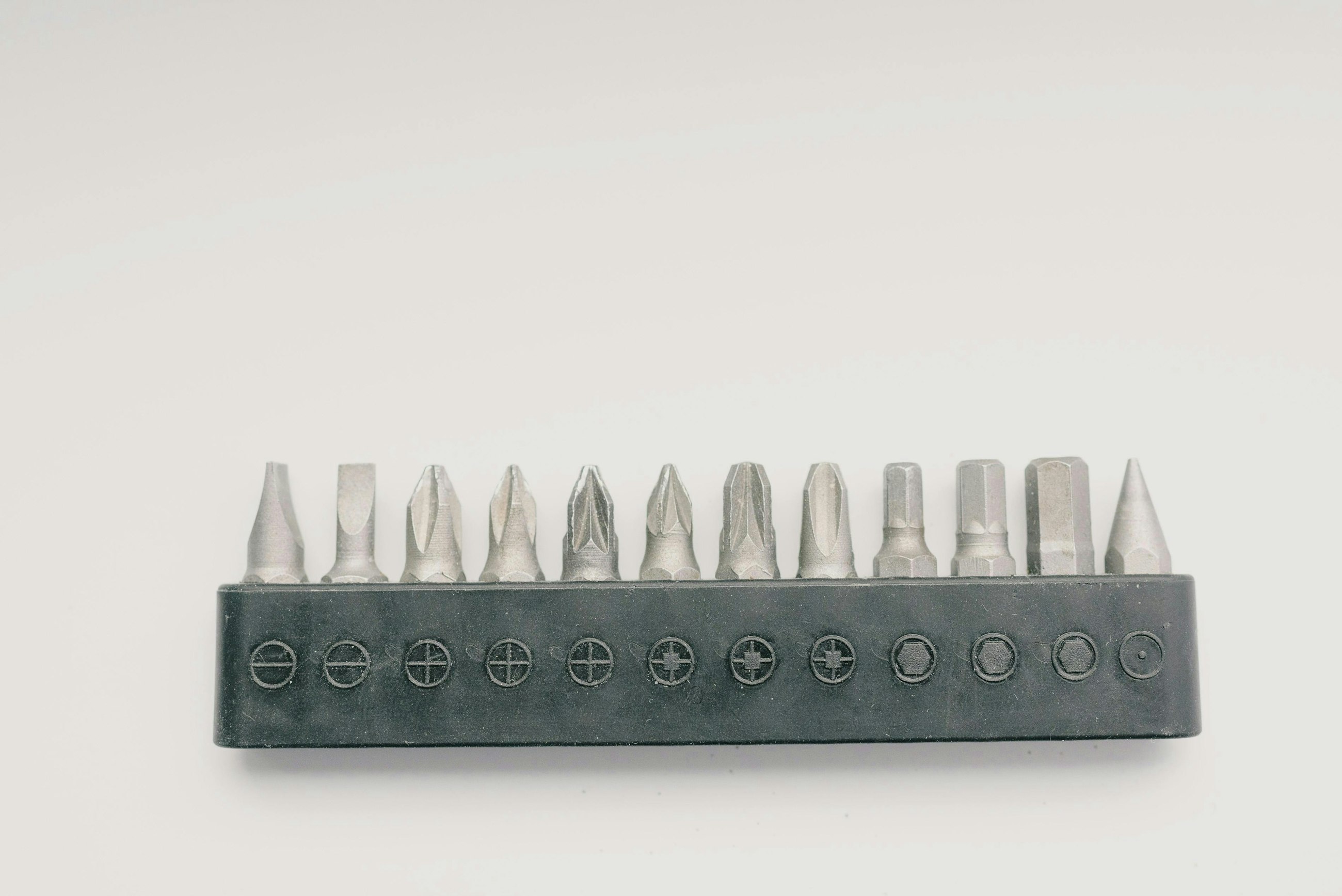Volvo Group and Implement Consulting Group
3 April 2018
Volvo Group aims at optimising the profit in the after-sales market while balancing the structural changes of a global company. Implement Consulting Group has developed a global pricing and segmentation model to release Volvo’s profit potential in the after-sales market.
The Volvo Group is one of the world’s leading manufacturers of trucks, buses, construction equipment as well as marine and industrial engines. Headquartered in Sweden, the company employs more than 115,000 people worldwide.
From brand to regional setup
The Volvo Group markets eight individual brands of vehicles and engines. Until recently, each brand managed its own business and had little or no collaboration with its sister brands.
A new organisational setup – based on regions rather than brands – made it possible for Volvo to harmonise prices on spare parts in the after-sales market. Representing all eight brands, each region can now adopt an integrated approach to parts segmentation and pricing.
Releasing profit potential
Working closely with Volvo’s own pricing and business managers, Implement has designed a model that divides spare parts into segments – to allow for a differentiated pricing approach as well as brand alignment. Each segment is priced differently to ensure premium pricing on unique parts and competitive pricing on regular parts.
The segmentation model has formed the backbone of the pricing structure of the recently implemented pricing software. Also, the the model has allowed cross-organisational alignment of pricing strategies and will help ensure a uniform pricing profile across the Volvo Trucks group. This has been achieved through an advanced pricing model which has been designed and agreed upon across brands.
The full effect of Volvo’s new segmentation model is still to be seen.
However, our analyses predict – and similar cases indicate – that the model will allow Volvo to:
- Release profit potential in after sales
- Align pricing methods on spare parts regionally as well as globally
- Meet changes in the market with quick price regulations
- Ensure a consistent pricing profile towards the market
- Develop even better pricing methods as core pricing is already in place
The success rate for price optimisations is as low as 30%. 30% success rate in an area that holds enormous profit opportunities. We can do better!




